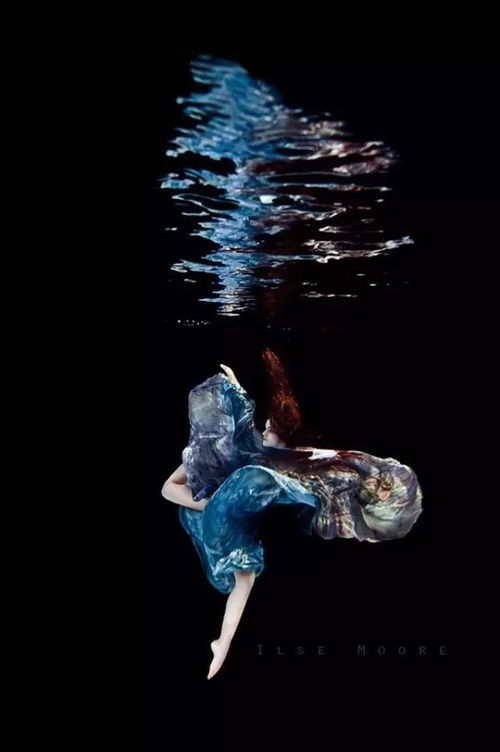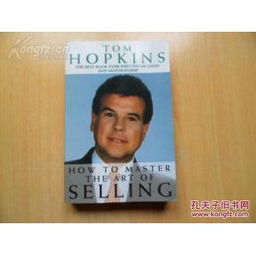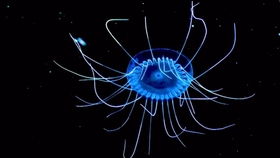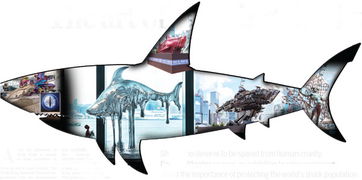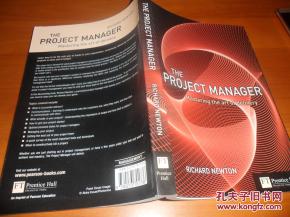Content:
Fishing, an ancient pastime, has evolved over the centuries, with anglers adopting various techniques to improve their chances of catching fish. One such technique that has gained popularity is fishing without an adjustable float. This method, often referred to as "blind fishing," requires a different approach and a set of unique skills. In this article, we will delve into the art of fishing without a float and provide you with essential techniques to help you master this craft.
Understanding Blind Fishing
Blind fishing, as the name suggests, involves casting your line into the water without the use of a float. This method is typically used in situations where the fish are not visible on the surface or when traditional fishing techniques are not effective. It requires a keen sense of observation, patience, and a thorough understanding of the water and its inhabitants.
Choosing the Right Equipment
Before you embark on your blind fishing adventure, it's crucial to select the right equipment. Here are some key items you'll need:
Reel and Line: Choose a reel that is comfortable to handle and a line that is strong enough to withstand the fish's fight. Monofilament or fluorocarbon lines are often preferred due to their low visibility in the water.
Hook and Lure: Select a hook that is appropriate for the type of fish you are targeting. The lure should mimic the natural prey of the fish and be designed to sink quickly to the desired depth.
Leader and Swivel: A leader of appropriate length and strength is essential to prevent the fish from detecting the line. A swivel can help prevent line twist and tangles.
Rod: A rod that is sensitive enough to detect subtle movements is crucial. The length of the rod should be based on the type of fishing you are doing and the distance you plan to cast.
Techniques for Casting Without a Float
Casting without a float requires a different technique than traditional fishing. Here are some tips to help you master the cast:
Backcast: Start by holding the rod with both hands and bringing it back over your head. As you do this, begin to wind up the reel to prepare for the forward cast.
Forward Cast: Once you have reached the backcast's maximum distance, start winding down the reel while simultaneously bringing the rod forward. The line should begin to unroll smoothly.
Drop the Lure: As the lure reaches the water, allow it to sink to the desired depth. This can be achieved by adjusting the tension on the line and the rate at which you retrieve it.
Reading the Water
One of the most important aspects of blind fishing is being able to read the water. Here are some tips to help you understand what's happening beneath the surface:
Observe the Surface: Look for disturbances, bubbles, or movements on the water's surface. These can indicate the presence of fish.
Use a Fish Finder: If available, a fish finder can help you locate fish in the water column. Pay attention to the depth and behavior of the fish.
Understand the Habitat: Familiarize yourself with the type of habitat you are fishing in. This includes understanding the structure of the bottom, the presence of vegetation, and any other features that might attract fish.
Patience and Persistence
Blind fishing requires patience and persistence. Fish may not bite immediately, and you may need to experiment with different techniques and locations. Here are some tips to help you stay focused:

Change Your Approach: If you're not getting bites, try changing your lure, depth, or retrieve speed.
Move to Different Spots: If the current spot isn't producing, move to a new location. Sometimes, the fish are just in a different part of the water.
Stay Composed: Fishing without a float can be frustrating at times. Stay calm and composed, and don't get discouraged by a lack of bites.
Conclusion
Fishing without an adjustable float is an art that requires practice, patience, and a deep understanding of the water and its inhabitants. By mastering the techniques outlined in this article, you'll be well on your way to becoming a proficient blind fisherman. Remember, the key to success is to observe, adapt, and stay persistent. Happy fishing!

